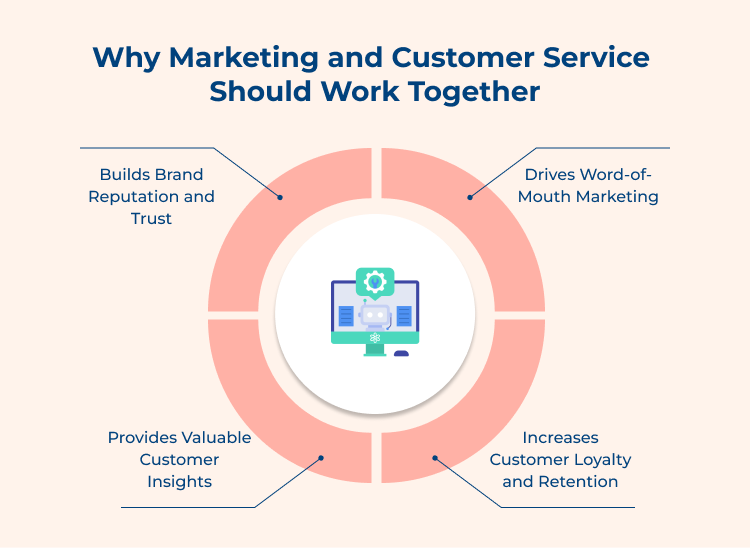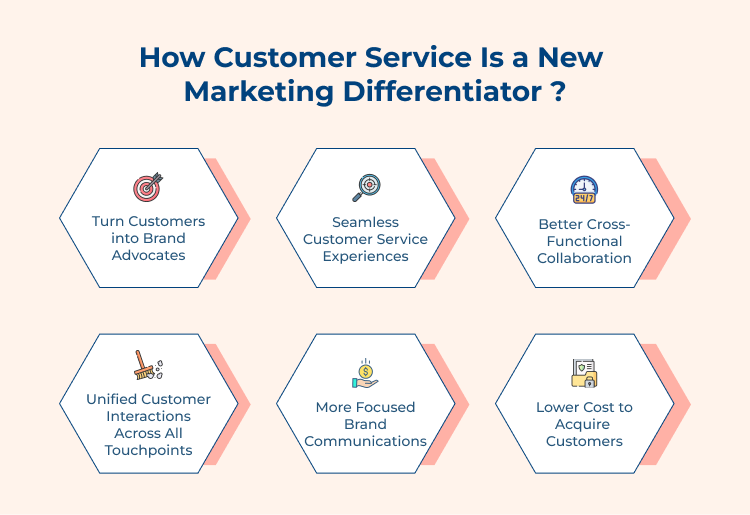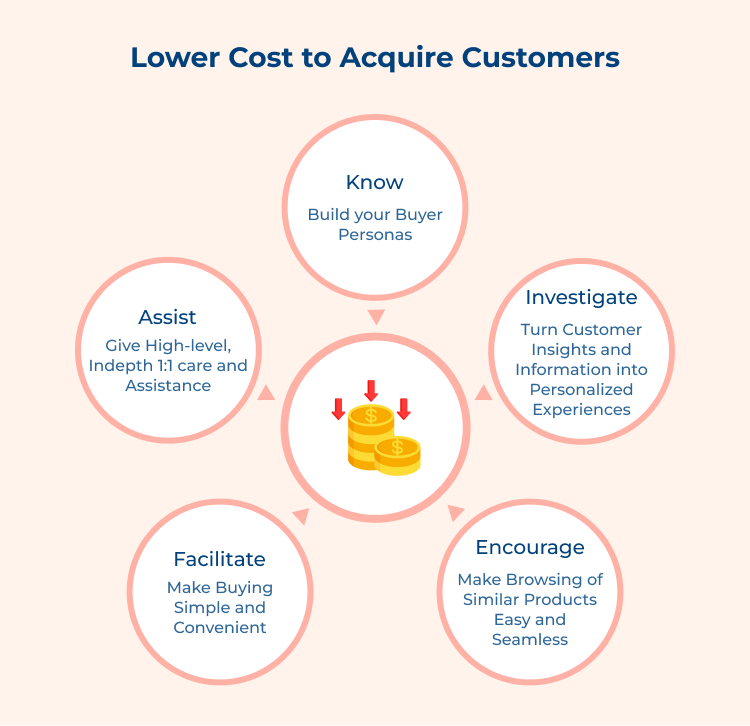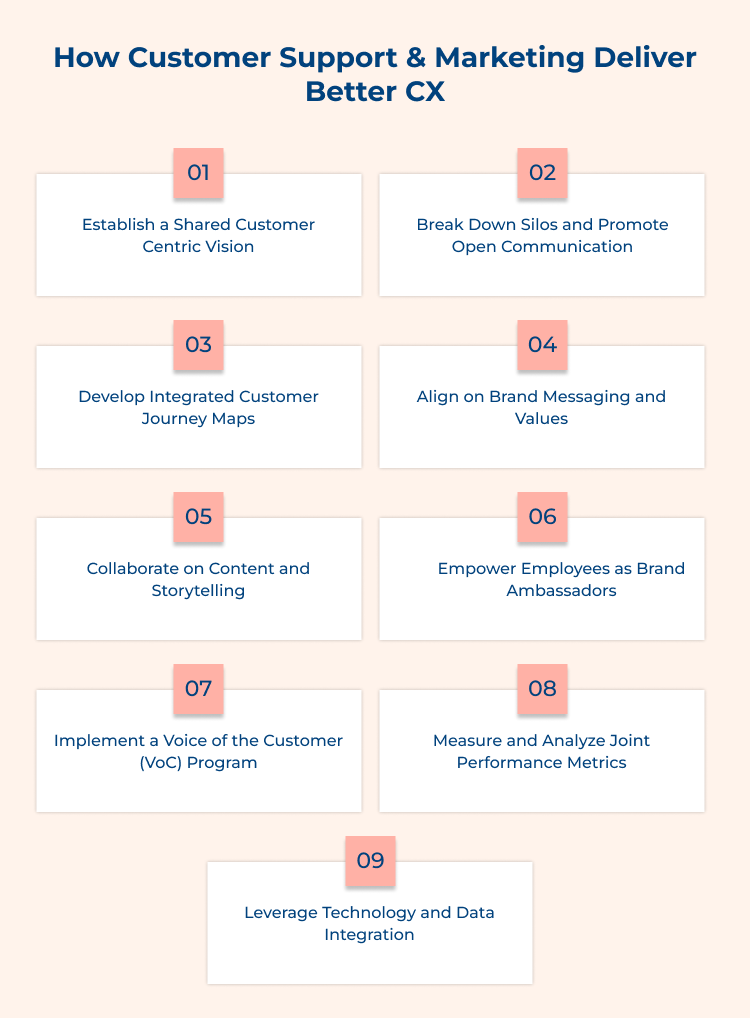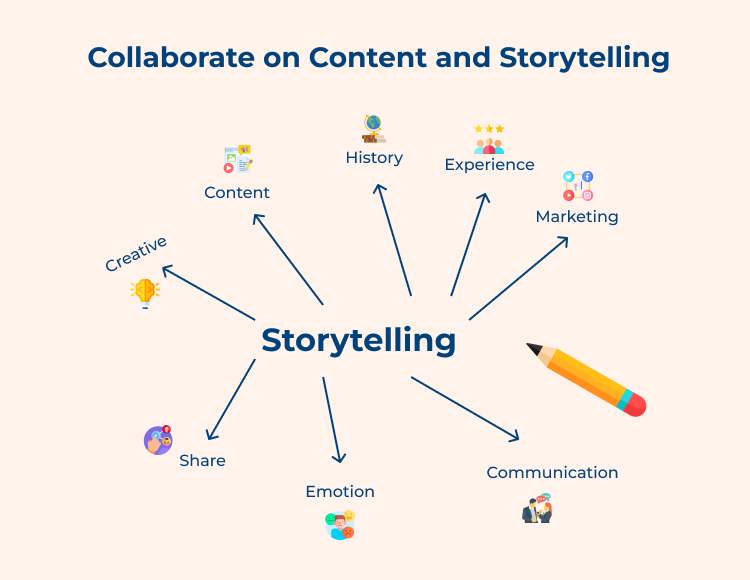Effective customer service requires close collaboration between various departments, such as marketing, sales and product development.
Organizations can gain a deeper understanding of customer preferences and pain points with cross functional collaboration; which can drive marketing strategies or product enhancements. Thus, improving customer stickiness.
4. Unified Customer Interactions across All Touchpoints
Customers expect personalized interactions with brands, regardless of the touchpoint they use. They also want a consistent experience to have a wholesome solution for each of their queries.
Brands can ensure a unified and tailored experience across all channels with seamless integration of customer data. The omnichannel approach not only enhances the customer experience but also reinforces the brand’s identity and values, creating a stronger brand recognition as well as loyalty.
5. More Focused Brand Communications
Customer service interactions provide a wealth of data on customer preferences, concerns and feedback. By analyzing this data, marketing teams can craft more targeted and relevant brand communications, addressing customer’s specific needs.
Such a data-driven approach not only improves the effectiveness of marketing campaigns but also demonstrates the brand’s commitment to understanding and meeting customer expectations. Hence, further strengthening the customer-brand relationship.
6. Lower Cost to Acquire Customers

